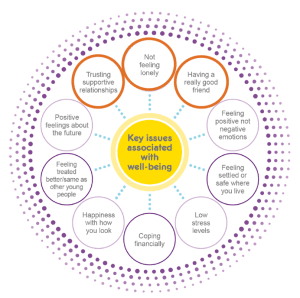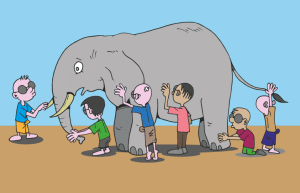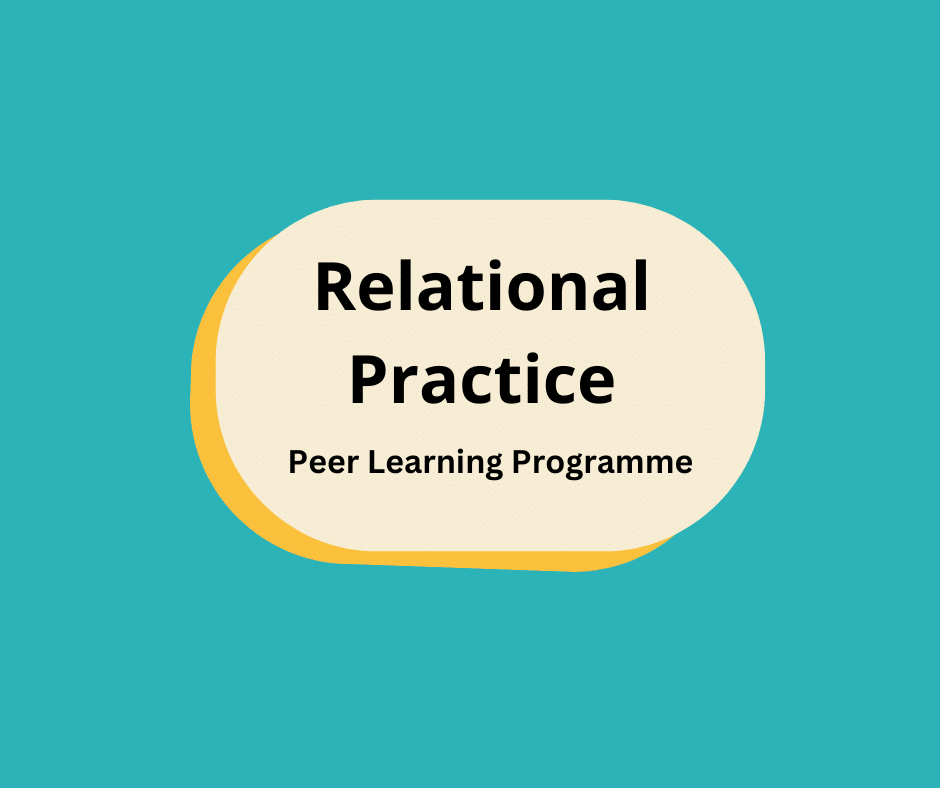Information and Overview:
The theme for Session 5 was how to hear and report progress in developing and strengthening meaningful relationships.
Those who work with children and young people know, and the independent review of children’s social care concluded, that what matters to young people with care experience is the quality of their relationships – with members of their family, with friends and carers, and with professionals such as Personal Advisers. We also know that this is really hard to measure – so we fall back on measuring things that are easy, such as whether a young person is in education, training and employment or not, or whether we assess that they are in suitable accommodation. These measurements have become indicators and targets for performance, and so the system is incentivised to focus on them, rather than relationships.
Session 5 brought together three presenters who have been working on two related questions:
- How we tell that young people are developing and strengthening meaningful relationships?
- How can we understand our role, as professionals, in helping that to happen?

Our first speaker was Linda Briheim-Crookall, from Coram Voice, who spoke about the Bright Spots “Your Life Beyond Care” survey, which aims to measure subjective wellbeing, rather than satisfaction with services. She said that measuring subjective well-being through the Bright Spots Programme offers the opportunity to understand if children and young people themselves think they are thriving and flourishing. It asks about a number of that are associated with wellbeing, including whether the young person has any trusting supportive relationships, feels lonely, or has a really good friend.
The second speaker was Nick Andrews, from Swansea University, who talked about the work he has been doing to Develop Evidence Enriched Practice in health and social care settings in Wales. He described the DEEP approach as a “co-production approach to gathering, exploring and using diverse types of evidence in learning and development using story and dialogue methods.” It’s based on an evaluation practice called “Most Significant Change” which asks people to tell stories about their experiences and encourages professionals to reflect together on what they’ve heard. It asks people to focus in on the changes that they have seen, what it was like before, and what it is like now, and what made those changes happen. Nick shared the metaphor of the six blind men holding on to different body parts of an elephant as a way of depicting why it matters to hear different perspectives in order to gain understanding of what matters to people.

The final presentation came from Dawn Williams and Jane Gray, who work for Blue Cabin, one of the participants on the programme. They talked about how they are working with evaluation consultancy tialt.org to help them understand how their work is helping young people develop and strengthen their relationships. They are using creative approaches (songs and playlists, postcards, artwork) to understand the impact they are making at in extrinsic level (skills, knowledge) and an intrinsic level (increased confidence and resilience, for example).
Reflections
The reflections and discussion following the presentation covered both practical and philosophical elements:
- How do we get the best return rates from surveys such as Bright Spots? In response, Linda talked about the Lundy model of participation, and its focus on ensuring that young people’s voices led to change.
- The value of a creative approach to evaluation, as demonstrated by the Blue Cabin presentation, and that it was useful to know that there were organisations out there who could help with that.
- The impact that individual stories can have in demonstrating impact.
- Prompted by the DEEP programme, the value in identifying key changes, and the importance of people interpreting their own change, rather than we, as professionals, interpreting it for them.
- The benefits of bringing together different groups of stakeholders to share their perspectives of what matters to them.
Resources
The Bright Spots Survey Report – Chapter 5 – Pages 63-75, covers relationships.
The Bright Spots Resource Bank. https://coramvoice.org.uk/for-professionals/bright-spots/resource-bank/
The Lundy Model of Participation. Department for Children & Youth Affairs (2015) National strategy on children and young people’s participation in decision-making 2015-2020
More information about Developing Evidence Enriched Practice: https://www.deepcymru.org/en/
Using the “Most Significant Change” approach in work with Care Leavers: https://esmeefairbairn.org.uk/latest-news/using-most-significant-change-understand-outcomes-young-people-leaving-care/
More information about the Most Significant Change methodology: https://www.betterevaluation.org/methods-approaches/approaches/most-significant-change
